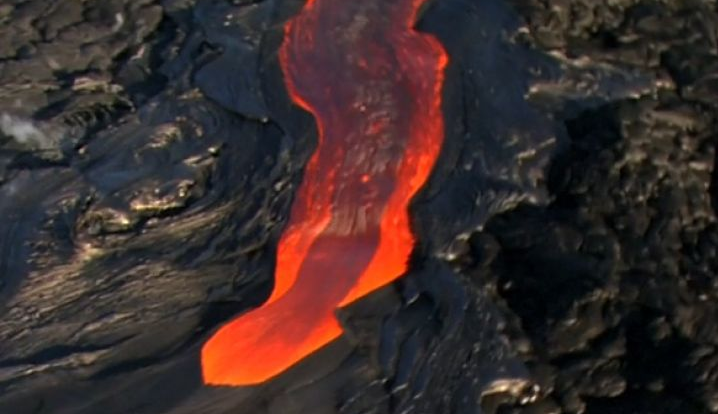
Crustal melting, which plays an important role in the formation of igneous rocks, typically occurs near plate boundaries. But a 2,000-mile belt of igneous rocks that sits far from the edge of the North American Plate is throwing the researchers for a loop.
Known as the North American Cordilleran Anatectic Belt, the long strip of rock stretches from British Columbia in Canada to Sonora in Mexico. It runs through Idaho, Montana, Nevada, southeast California and Arizona.
James Chapman, an assistant professor of geology and geophysics at the University of Wyoming (UW), who led the study, explained that long belts of igneous rocks are commonly associated with subduction zones, which are regions between two tectonic plates moving toward each other.
Moreover, molten rock originates from deep within the Earth, typically near active plate boundaries or hot spots, then rises toward the surface where it cools and turns into igneous rocks.
"What makes this so interesting and mysterious is that this belt of igneous rocks is located much farther inland, away from the edge of the continent, and doesn't contain any evidence for producing volcanoes," he said. "In fact, all of the melting to generate the igneous rocks originally took place deep underground, five to 10 miles beneath the surface."
How the belt of igneous rocks possibly formed
The researchers were able to piece together a theory for how the belt of rock formed after looking into its history. After analyzing data on the belt, they found that the rocks formed roughly 80 to 50 million years ago, around the same time as the mountain-building event known as the Laramide orogeny.
Named after the Laramie Range in Wyoming, this event created most of the major mountain ranges in the state, as well as in Montana and Colorado. It occurred around 70 to 40 million years ago during a period when the ancient Farallon Plate was rapidly sinking beneath the North American Plate.
The Laramide orogeny was highly unusual in that the mountain ranges created during this period were so far inland from the subduction zone that marked the boundary between the two plates. In fact, they were much farther than was usually the case for mountains built inland from subduction zones. (Related: Mantle mystery: Geologists don't know what to make of two continent-sized mountains found beneath the Earth's crust.)
Though the Laramie Range did not contain the same igneous rocks found in the belt, the overlap in time led Chapman and his colleagues to suspect that the tectonic processes that created the mountain ranges also contributed to the melting of Earth's crust beneath the belt.
With this in mind, the researchers formulated several working hypothesis about what caused the rocks to melt. One they came up with was that water had seeped into the inner crust.
Jesse Shields, a doctoral student at UW and one of the study's researchers, explained that the igneous rocks' geochemistry indicated that the rocks melted at relatively low temperatures of below 1,472 degrees.
"That is still very hot, but not hot enough to produce very large volumes of magma," he said. "Water lowers the melting point of rocks, similar to how salt lowers the melting point of ice, and could increase the amount of magma generated."
Overall, the study has implications for what causes rocks to melt and where specific types of magmas are found. The study, in turn, could be valuable for mining because many of the so-called igneous provinces in the study area are rich in ore deposits, said co-author Simone Runyon, an assistant professor of geology at UW.
"Understanding the large-scale igneous processes that form these provinces helps us to better understand how ore deposits form and to better explore for natural resources," Runyon said.
The researchers detailed their findings in a paper published online in the journal Earth-Science Reviews.
For more studies about Earth and the fascinating processes that led to its current shape, visit Science.news.
Sources include:
Please contact us for more information.























